This week Shaun travelled to Ireland to meet with friends and colleagues Christos Ioannou, Phil McGinnity, and Valentin Lecheval, to perform work on some ongoing projects. The weather wasn’t very cooperative but it was a productive and fun trip nonetheless!
Viewing entries in
Projects
This summer, Barbara, Magdalene, Jack and Shaun went to the North Sea Oceanarium in Denmark to run an ”upscaled” fishing experiment on Atlantic Cod. This work was done together with colleagues Junita Karlsen and Peter Skov from DTU, the Danish Technical University, and Albin Gräns and Per Hejlmstedt from SLU, the Swedish Agricultural University.
Part of the ERC PHYSFISH-project, this experiment aims to investigate why certain fish within species might be more vulnerable to capture by fishing than others and if this is because they differ in behavior, metabolism, or stress response. Before running fishing simulations, using trapping and angling, all fish where implanted with loggers continuously recording their heart-rate and then measured for their behavioural traits and metabolism.
Atlantic cod after being implanted with a heart rate logger.
Big fish, big experimental arena!
Some of the team posing in front of the big pelagic aquarium.
Experiencing Hirtshals’ famous nightlife.
Thanks to the staff at the North Sea Oceanarium for making this possible and to all for this great collaboration!
During the trip Shaun and Barbara also joined for the first year the annual ICES-FAO WGFTFB (Working Group on Fishing Technology and Fish Behaviour) meeting held in Hirtshals, Denmark to talk about the research done in the PhysFish-project. It was a great opportunity meeting scientists working on fishing gear technology and gear selectivity, including those that developed the cod pot used in our experiment! We also learned from the chairman Haraldur Einarsson, threatening to open a can of fermented shark is a rather efficient way to make speakers respect their presentation time…
Barbara presenting her poster.
Shaun Killen recently returned from a two-week stint working with colleagues Suzie Mills and Ricardo Beldade at CRIOBE (shown above), on the beautiful Tahitian island of Moorea in French Polynesia. Accompanying Shaun was IBAHCM Research Fellow Tommy Norin, who will remain in Moorea until mid-December (poor guy).
Tommy, Shaun, and Ricardo doing plankton tows to feed the young clownfish (photo Tommy Norin).
The main focus of the collaboration is to study the factors that influence the dispersal of clownfish larvae after they hatch and leave their nest. In particular, the aim was to see how the metabolism and swimming ability of the larvae changes throughout their early development, to understand whether the little guys are able to control their own destiny by swimming faster than the prevailing currents.
A 15-day old clownfish larvae in a teeny tiny respirometer.
Getting ready to collect some clownfish eggs to take back to the lab for hatching and larval rearing.
Adult clownfish. (Photo Tommy Norin)
Clownfish eggs. The bright orange colour indicates they were likely laid within the last day or two. (Photo Tommy Norin)
These eggs are much older and likely close to hatching. You can even see the eyeballs of the embryos inside. (Photo Tommy Norin)
Tommy and Shaun checking out some clownfish nests. (Photos Suzie Mills)
Harvested eggs back in the lab, being aerated until they hatch.
Other projects underway with the team include understanding how anenomes affect routine oxygen uptake in their resident clownfish, and studies to examine how various environmental stressors affect metabolic rate in sea hares.
A juvenile clownfish being measured for oxygen uptake with the respirometry chamber being placed within an anenome. (Photo Tommy Norin)
Seahare oxygen uptake being measured in respirometry chambers. (Photo Tommy Norin)


















